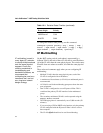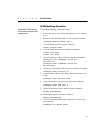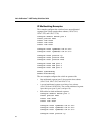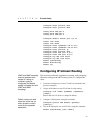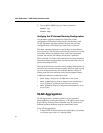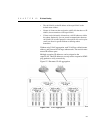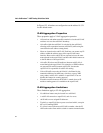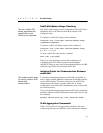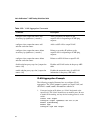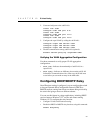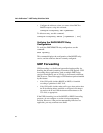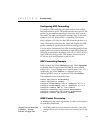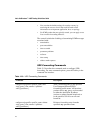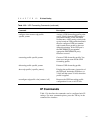
C H A P T E R 12 IP Unicast Routing
205
SubVLAN Address Range Checking
The use of static ARP
entries associated with
superVLANs or sub-
VLANs is not supported.
Sub-VLAN address ranges can be configured on each subVLAN to
prohibit the entry of IP addresses from hosts outside of the
configured range.
To configure a subVLAN range use this command:
configure vlan <vlan_name> subvlan-address-range
<ipaddress-ipaddress>
To remove a subVLAN address range use this command:
configure vlan <vlan_name> subvlan-address-range
0.0.0.0 – 0.0.0.0
To view a subVLAN range use this command:
show vlan [vlan_name]
There is no error checking to prevent the configuration of
overlapping subVLAN address ranges between multiple
subVLANs. Doing so may result in unpredictable behavior of ARP
within the superVLAN and associated subVLANs.
Isolation Option for Communication Between
subVLANs
The isolation option works
for normal, dynamic, ARP-
based client
communication.
To facilitate communication between subVLANs, by default, an
entry is made in the IP ARP table of the superVLAN that performs
a proxy ARP function. This allows clients on one subVLAN to
communicate with clients on another subVLAN. In certain
circumstances, intra-subVLAN communication may not be desired
for isolation reasons.
To prevent normal communication between subVLANs, disable the
automatic addition of the IP ARP entries on the superVLAN, using
the command:
disable subvlan-proxy-arp vlan <supervlan name>
VLAN Aggregation Commands
Table 12.2 describes VLAN aggregation commands. For more
command options press the Tab key in the command line interface.




